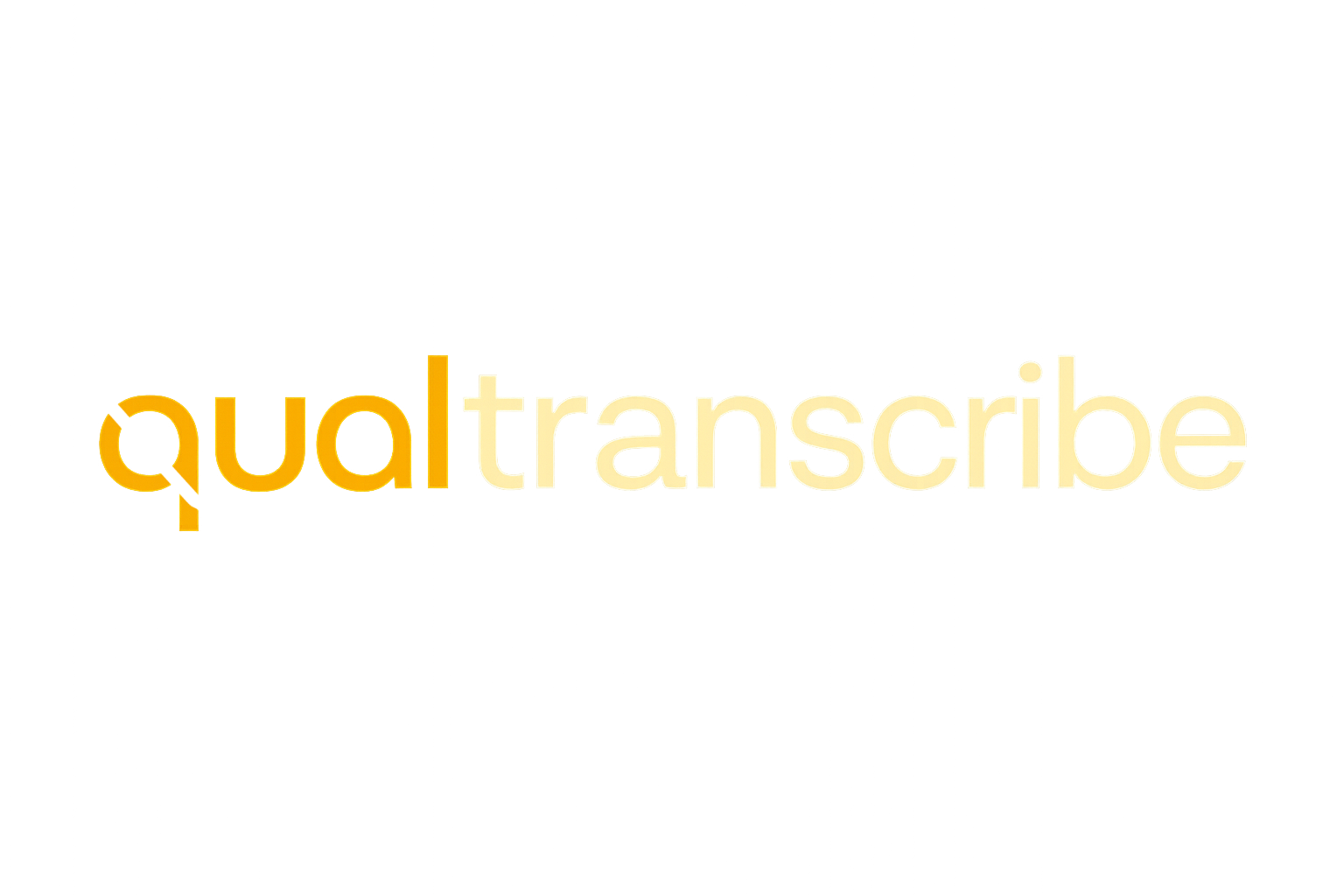The Ultimate Guide to Academic Transcription Services: Everything You Need to Know
- Claude Annoh
- Apr 10
- 4 min read
Transcription is an important part of many academic projects. It helps students, professors, and researchers turn spoken words into written text. Whether you're recording interviews, lectures, or meetings, transcription makes it easier to analyze, share, and work with the information. In this guide, we’ll break down everything you need to know about academic transcription services, including their types, benefits, and how to choose the right one for your needs.
What is Academic Transcription?
Academic transcription is the process of converting audio or video recordings, like interviews, lectures, or discussions, into written text. This is useful for:
Researchers who are working with interviews or focus groups
Students writing papers or completing dissertations
Professors who want to archive or share lectures
Universities handling multilingual projects
Transcription helps you organize your information and makes it easier to analyze.
Why Transcription is a Researcher’s Best Friend

Transcription is more than just typing. It’s a critical part of turning spoken words into useful, organized information. Here’s why it’s so important:
Accuracy: Transcripts capture exactly what’s said. They’re precise and reliable, which is important for research.
Efficiency: Transcribing your own recordings takes time. Using a transcription service speeds up the process.
Collaboration: Transcripts are easy to share with other team members. Everyone can work on the same document, no matter where they are.
Accessibility: Transcripts help make content accessible to everyone, including people with hearing impairments or those who prefer reading over listening.
Types of Academic Transcription
There are different types of academic transcription, each with its own level of detail:
Verbatim Transcription: This type includes every word and sound, even fillers like “uh” or “um.” It’s great for linguistic analysis or when you need every detail.
Intelligent Verbatim: This is a cleaner version. It removes fillers and false starts but keeps the meaning intact. It’s useful when you want accuracy but don’t need every sound.
Edited Transcription: This version focuses on clarity and readability. It removes any unnecessary words and presents the content in a way that’s easy to understand, making it ideal for publishing.
Benefits of Using Transcription Services
Using a transcription service offers several benefits:
Faster Turnaround: Professional transcription services can deliver results quickly, saving you time.
Expertise: You’re getting transcripts from experienced professionals who know how to handle different accents, dialects, and difficult audio.
Confidentiality: Good transcription services take confidentiality seriously, ensuring your data is protected.
Multilingual Support: If your research involves multiple languages, transcription services can handle this too, providing translations when necessary.
Top 5 Academic Transcription Services (2025)
Here are five well-known transcription services that are widely used in academia:
Service | Starting Price per Minute | Turnaround Time | Key Features |
Qualtranscribe | $1.00 | 24-72 hours | Human transcription, multilingual support, NDA-ready, Academic discounts |
Rev | $1.50 | 12-24 hours | Human and AI options, speaker labels |
GoTranscript | $0.84 | 5 days (rush options) | Budget-friendly, 99% accuracy, global language support |
Scribie | $0.80 | 36 hours – 5 days | Flexible plans, AI+human model, detailed timestamps |
TranscribeMe | $0.79 | 1-3 business days | High accuracy, researcher-friendly, custom formats. Draft transcripts |
Note: Prices may vary based on audio quality, accents, or specific formatting needs. Always ask for a quote.
Why Choose Multilingual Transcription?
If your research involves participants from different countries or languages, multilingual transcription services are essential. They can help you transcribe and translate interviews, focus groups, and discussions into the language you need. Some services, like Qualtranscribe, offer transcription in languages such as Spanish, German, Twi, Italian, Hausa, Norwegian, Swahili, Yoruba, Russian, Chinese, Amharic, French, and Arabic and can also translate those transcripts into English.
What to Look for in a Transcription Partner

Not all transcription services are the same. Here’s what to look for when choosing the right one for your academic needs:
Accuracy: Make sure the service has a reputation for high accuracy. Mistakes in transcripts can mess up your research.
Turnaround Time: Consider how quickly you need the transcripts. Some services offer rush options if you’re working on a tight deadline.
Pricing: Make sure the pricing fits within your budget. Some services charge by the minute, while others charge by the hour.
Customer Service: Look for a company that provides great support. You want to be able to reach them if you have questions or need help.
Specialized Features: Some transcription services offer features like speaker identification or timestamps, which can be very helpful for academic projects.
Conclusion
Academic transcription is an essential tool for researchers, students, and academics. It turns spoken words into organized text that’s easier to analyze, share, and use. Whether you need verbatim, intelligent verbatim, or edited transcription, there’s a service out there that can meet your needs. The key is finding a service that fits your accuracy, turnaround time, and budget requirements. With the right transcription service, your research and academic work will be more efficient, accessible, and effective.
Let’s Make Your Research Easier
Have an upcoming project? Need to catch up on interview transcripts? Reach out to us today at support@qualtranscribe.com.
We’ll help you turn hours of audio into insight you can use.
